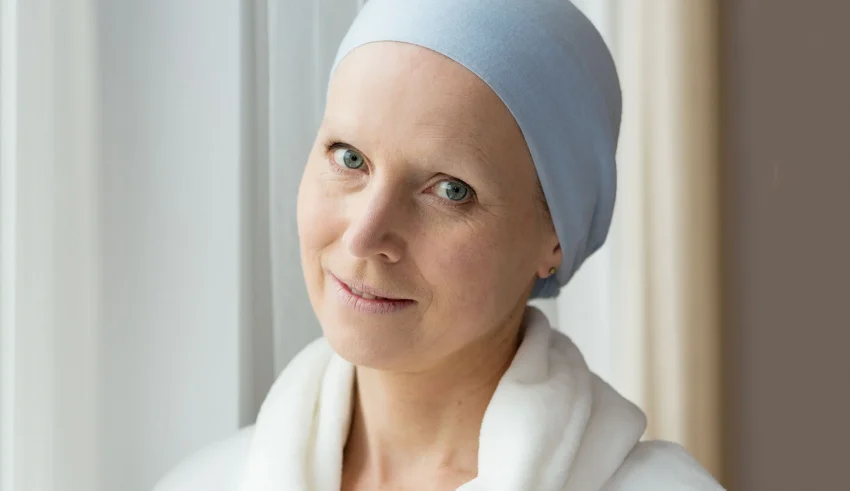
One in eight women will be diagnosed with breast cancer in their lifetime, making it the second leading cause of death in women. The best way to increase the chances of survival is through early detection by mammogram. Now more than ever, it is important to spread the word on how to perform regular cancer screenings safely and effectively. In this article from The Dermo Lab and in recognition of Breast Cancer Awareness Month, we will discuss the importance of breast cancer screening and some preventative measures to share with your loved ones.
What is breast cancer screening?
Breast cancer screening involves checking a woman’s breast for cancer prior to the appearance of any signs or symptoms of the disease. All women should be informed by their health care provider about the best screening options for them.
Although breast cancer screening cannot prevent breast cancer, it can help detect it at an early stage, when it is more treatable. Ask your doctor which breast cancer screening tests are right for you and when you should have them.
What are the recommendations for breast cancer screening?
A woman is considered to be at average risk if she has no personal or family history of breast cancer, no genetic mutation known to increase the risk of breast cancer, and has not undergone chest radiation therapy before age 30. Have a look at the below guidelines!
- Women between the ages of 40 and 44 have the option of starting screening with a mammogram each year.
- Women ages 45 to 54 should have a mammogram every year.
- Women 55 and older can switch to mammography every other year, or choose to continue with annual mammograms. Screening should continue as long as the woman is healthy.
What are breast cancer screening tests?
- Mammogram
A mammogram is an x-ray of the breast. For many women, mammograms are the best way to detect breast cancer at an early stage, when it is more treatable and before it is big enough to be felt or cause symptoms. Having regular mammograms can lower your risk of dying from breast cancer.
- Magnetic resonance imaging (MRI) of the breast
Breast MRI uses magnets and radio waves to take pictures of the breast. Breast MRI is used with mammography to screen women who are at high risk for breast cancer. Because breast MRI can appear abnormal even when there is no cancer, it is not used for women at average risk.
- Other tests
– Clinical breast exam: A clinical breast exam is an examination done by a healthcare professional, who uses his hands to feel for any lumps or other changes.
– Breast awareness: Knowing how your breasts look and feel can help you notice symptoms such as lumps, soreness, or changes in size that may be cause for concern. You should report any changes you notice to your doctor.
Can I reduce my risk of breast cancer?
There is no definitive way to prevent breast cancer, but there are things you can do to reduce your risk. Many risk factors are out of your control, such as being born female and getting older. But other risk factors can be changed and can reduce your risk.
For women who are known to be at increased risk for breast cancer, there are additional steps to be taken into consideration.
1- Achieve and maintain a healthy weight: Increased body weight and weight gain in adulthood are both linked to an increased risk of breast cancer after menopause. The American Cancer Society recommends avoiding excessive weight gain by balancing your diet and physical activity.
2- Be physically active: Many studies have shown that moderate to vigorous physical activity is linked to a lower risk of breast cancer, so it’s important to get regular physical activity.
3- Avoid or limit alcohol: Alcohol increases the risk of breast cancer. Therefore, it is best not to drink alcohol at all.
4- Eat a healthy diet: The possible link between diet and breast cancer risk is not clear, but it is an active area of study. Some studies have suggested that a diet rich in vegetables, fruits, and calcium-rich dairy products, but low in red and processed meats, may help reduce breast cancer risk.
5- Other factors that may reduce risk: Women who choose to breastfeed for at least several months after giving birth may also have an added benefit in reducing their risk of breast cancer.
How is breast cancer treated?
Breast cancer is treated in several ways, depending on its type and how far it has spread. People who have breast cancer often receive more than one type of treatment.
- Surgery. An operation in which doctors remove cancerous tissue.
- Chemotherapy. Using special drugs to shrink or kill cancer cells. The drugs may be pills you take or medicines given into your veins, or sometimes both.
- Hormone therapy. This prevents cancer cells from getting the hormones they need to grow.
- Biological therapy. This works on your body’s immune system to help it fight cancer cells or to control the side effects of other cancer treatments.
- Radiation therapy. Using high-energy radiation (similar to X-rays) to kill cancer cells.
Doctors from different specialties often work together to treat breast cancer.
Breast cancer screening involves looking for signs of breast cancer in all women, even if they have no symptoms. The goal of screening is to detect cancers at an early stage. Early-stage cancers are more treatable than later-stage cancers, and the chances of survival are higher. So go ahead, spread the word, and get screened for breast cancer!









